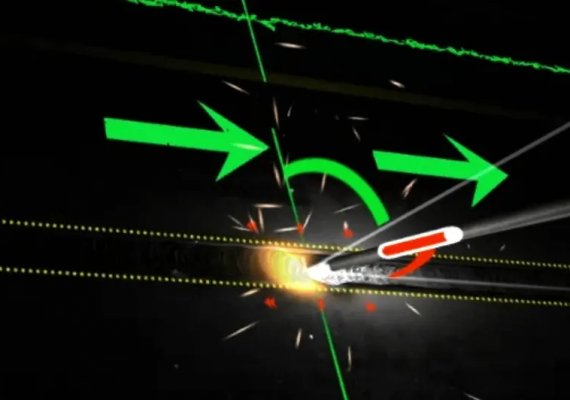1. Influence of process factors on welding defects of single-sided welding and double-sided forming
(1)Welding current
The selection of welding current is the key to ensuring welding quality. Excessive welding current can easily cause defects such as undercuts, weld bumps, burn-through, etc., especially in vertical and overhead welding operations. Welding defect. If the welding current is too small, the penetration depth of the weld will be reduced, and it is easy to cause defects such as incomplete penetration, slag inclusion, shrinkage, and lack of fusion.
(2)Welding speed
The correct control of the welding speed is particularly important to ensure the quality of welding. Too fast welding speed makes the welding pool temperature insufficient, which is easy to cause defects such as incomplete penetration, lack of fusion, slag inclusion, and poor weld formation. The welding speed is too slow, making welding If the temperature of the molten pool is too high, it is easy to cause defects such as burn-through, weld bead, and ultra-high residual height of the back welding seam.
(3)Arc voltage
The correct control of the arc length during the welding process is an important factor to ensure the quality of the weld. Too long arc length will make the arc unstable and affect the quality of the weld. At the same time, a small arc thrust will lead to incomplete penetration defects. If the arc length is too short, the welding wire will easily stick to the contact tip, and even cause the contact tip to burn.
(4)Improper selection of the number of welding layers
The selection of the number of welding layers for single-sided welding and double-sided forming of flux-cored wire CO₂ gas shielded welding also has a certain impact on the quality of the weld. The thickness of each layer is too large, which has an adverse effect on the plasticity of the weld metal, and the slag during the welding process It is easy to flow backward and produce defects such as slag inclusion and lack of fusion. But the thickness of each layer is not easy to be too small, so as to avoid poor fusion on both sides of the weld.
(5)Influence of wire diameter
The performance of the weld metal is mainly determined by the mutual melting of the welding wire and the weldment metal. Therefore, the selection of the appropriate type of welding wire is an important factor affecting the quality of the weld. The quality also has a certain influence. If the diameter of the welding wire is too large, it is difficult to control the welding pool during the bottom welding and vertical and overhead welding, and it is easy to produce defects such as weld bumps.
(6)Influence of wire angle
If the angle between the welding wire and the weld bead is too small, it is easy to cause defects such as incomplete penetration, slag inclusion, and joint disconnection on the back weld. Defects such as wear.


2. Influence of operation level on welding defects of single-side welding with CO₂ gas shielded welding with flux-cored wire
In the process of the welding operation, the low level of the welder’s operating skills means that the bottom layer welding method, starting method, joint method, finishing method, and other operating methods are unskilled, and the selection of welding process parameters is unreasonable. These are some of the important reasons for the poor quality of the weld. At the same time, the oil, rust, and moisture on the workpiece are not cleaned before welding, which will cause a large number of pores in the weld, and the quality of the weld will not meet the requirements.
Like this page? Share it with your friends!


